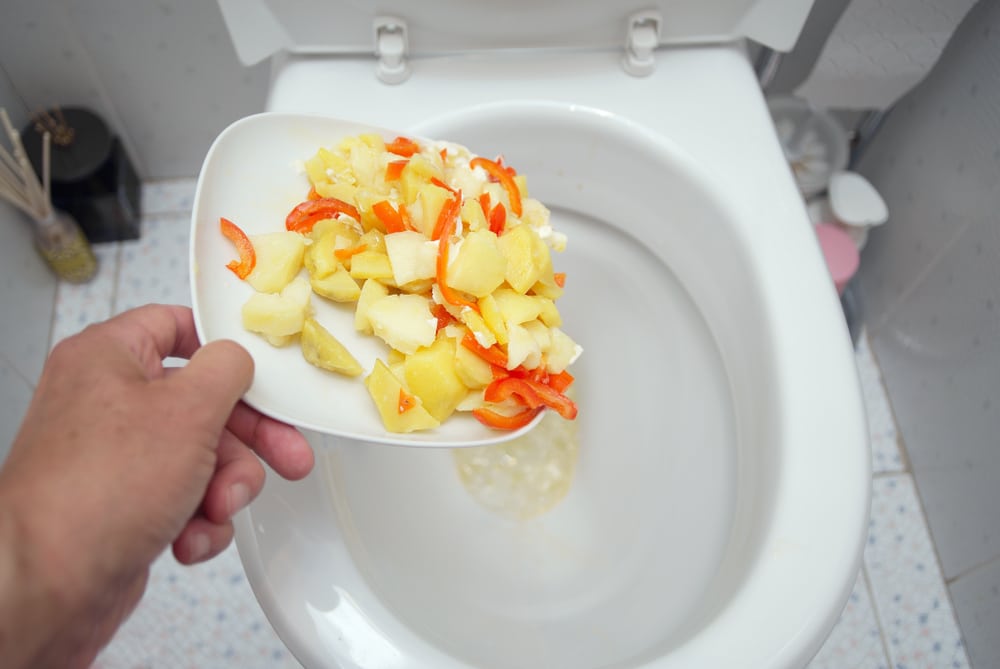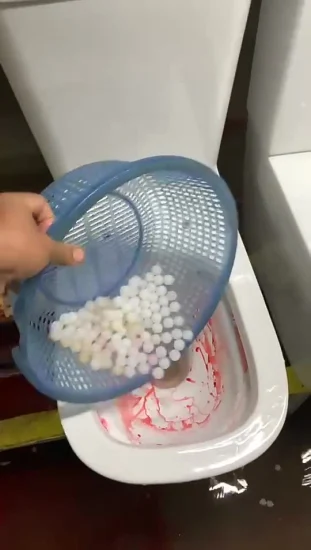Are You Capable to Flush Food in the Toilet?
Are You Capable to Flush Food in the Toilet?
Blog Article
Everyone is bound to have their own individual rationale involving Flushing Food Down the Toilet?.

Introduction
Many people are usually confronted with the dilemma of what to do with food waste, especially when it concerns leftovers or scraps. One common inquiry that arises is whether it's okay to flush food down the toilet. In this article, we'll look into the reasons individuals might think about purging food, the consequences of doing so, and alternative methods for correct disposal.
Reasons why people could think about flushing food
Lack of recognition
Some individuals may not recognize the potential damage triggered by purging food down the commode. They might mistakenly believe that it's a safe technique.
Convenience
Flushing food down the toilet might feel like a fast and very easy option to getting rid of unwanted scraps, especially when there's no neighboring garbage can offered.
Laziness
In many cases, individuals may just choose to flush food out of large laziness, without taking into consideration the repercussions of their activities.
Repercussions of flushing food down the commode
Environmental influence
Food waste that winds up in rivers can contribute to air pollution and damage marine environments. In addition, the water used to flush food can strain water resources.
Plumbing issues
Purging food can result in clogged up pipes and drains, causing costly pipes repair work and troubles.
Kinds of food that must not be flushed
Coarse foods
Foods with fibrous textures such as celery or corn husks can obtain tangled in pipelines and trigger clogs.
Starchy foods
Starchy foods like pasta and rice can soak up water and swell, bring about obstructions in pipelines.
Oils and fats
Greasy foods like bacon or cooking oils need to never be purged down the commode as they can solidify and trigger clogs.
Proper disposal techniques for food waste
Using a garbage disposal
For homes equipped with garbage disposals, food scraps can be ground up and flushed through the plumbing system. However, not all foods appropriate for disposal in this way.
Recycling
Particular food product packaging products can be reused, minimizing waste and lessening environmental impact.
Composting
Composting is an environment-friendly way to deal with food waste. Organic materials can be composted and utilized to enrich dirt for horticulture.
The value of proper waste management
Minimizing environmental injury
Correct waste administration practices, such as composting and recycling, assistance minimize air pollution and preserve natural deposits for future generations.
Safeguarding plumbing systems
By staying clear of the practice of flushing food down the toilet, home owners can avoid expensive pipes fixings and keep the integrity of their pipes systems.
Verdict
Finally, while it might be alluring to flush food down the bathroom for comfort, it's important to understand the possible effects of this action. By taking on appropriate waste administration practices and throwing away food waste properly, individuals can contribute to much healthier pipes systems and a cleaner setting for all.
FLUSH FOOD DOWN THE TOILET?
FLUSHING FOOD CAN CAUSE BLOCKED DRAINS IN YOUR HOME
All of the plumbing fixtures in your home are connected to the same sewer pipe outside of your home. This outdoor sewer pipe is responsible for transporting all the wastewater from your home to the Council sewer mains. Even small pieces of food that go down the kitchen sink can cause problems for your sewer. It should therefore be obvious that flushing larger bits of food, such as meat, risks a clog in either the toilet itself or the sewer pipes. Flushing greasy food is even more problematic because oil coagulates when it cools, coating the interior lining of your pipes.
THE TOILET IS NOT A BIN
Food isn’t the only thing that people shouldn’t be flushing down the toilet. People use the toilet to dispose of all kinds of things such as tampons, makeup wipes, dental floss, kitty litter and even underwear. Water goes to great lengths to educate residents about the high costs and stress placed on wastewater treatment systems simply from people flushing the wrong stuff down the toilet. It costs taxpayers millions of dollars each year, and homeowners thousands in blocked drain repairs.
FLUSHING FOOD IS A WASTE OF WATER
Flushing food is a waste of our most precious resource - water. In June this year Level 1 water restrictions were introduced to protect water supply from drought conditions. Much of New South Wales continues to be affected by prolonged drought with recent figures revealing up to 97 per cent of the state remains in drought. Depending on whether you have a single or dual flush toilet, every single flush uses between five and 11 litres of water. In the current climate this is a huge amount of water to be wasting on flushing food that should be placed in the bin (or better yet, the compost).
https://www.jabplumbingsolutions.com.au/blog/can-you-flush-food-down-the-toilet

As a keen reader about , I imagined sharing that excerpt was beneficial. Loved our write-up? Please share it. Help somebody else check it out. Bless you for your time. Return soon.
About This Report this page